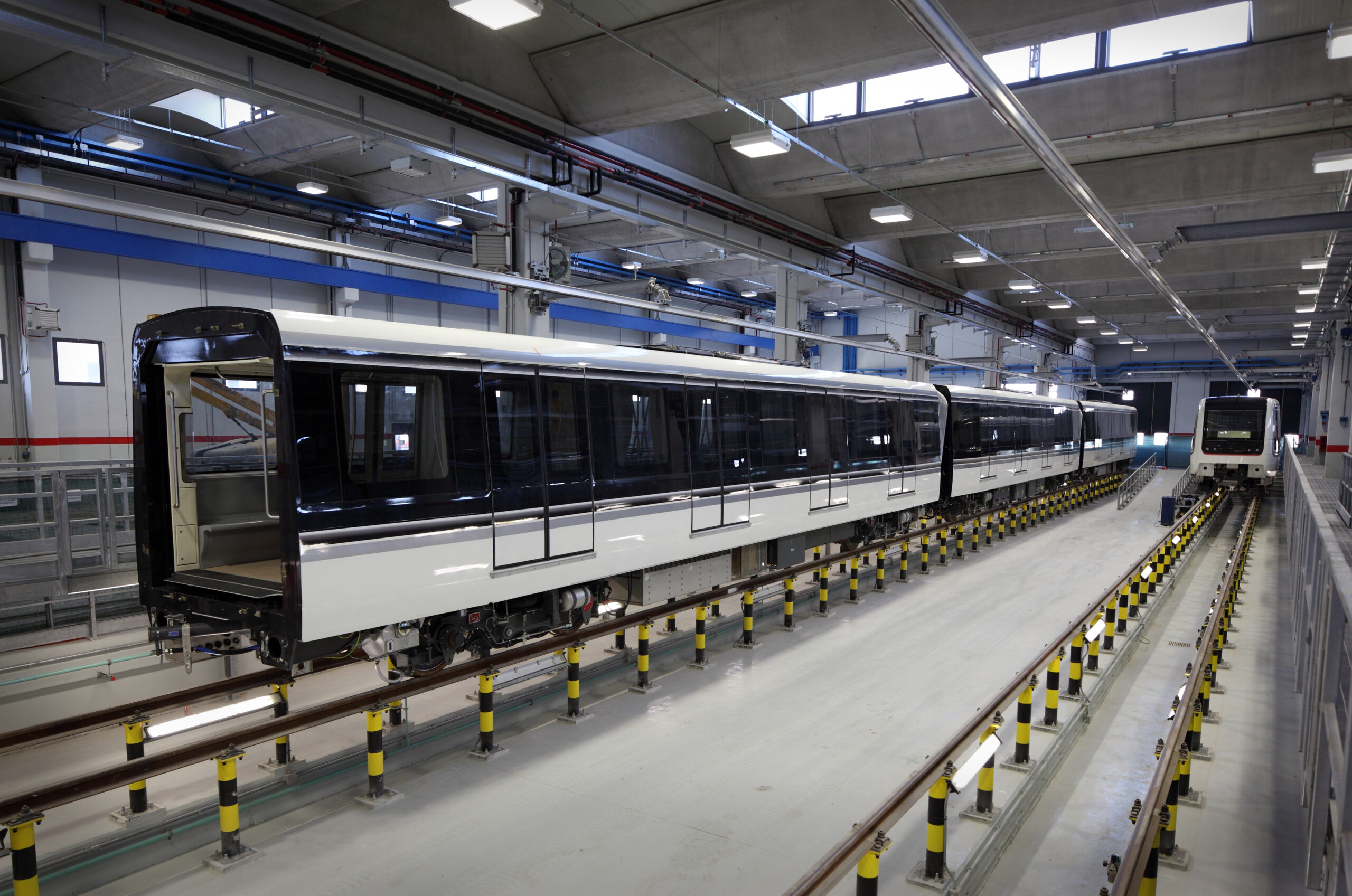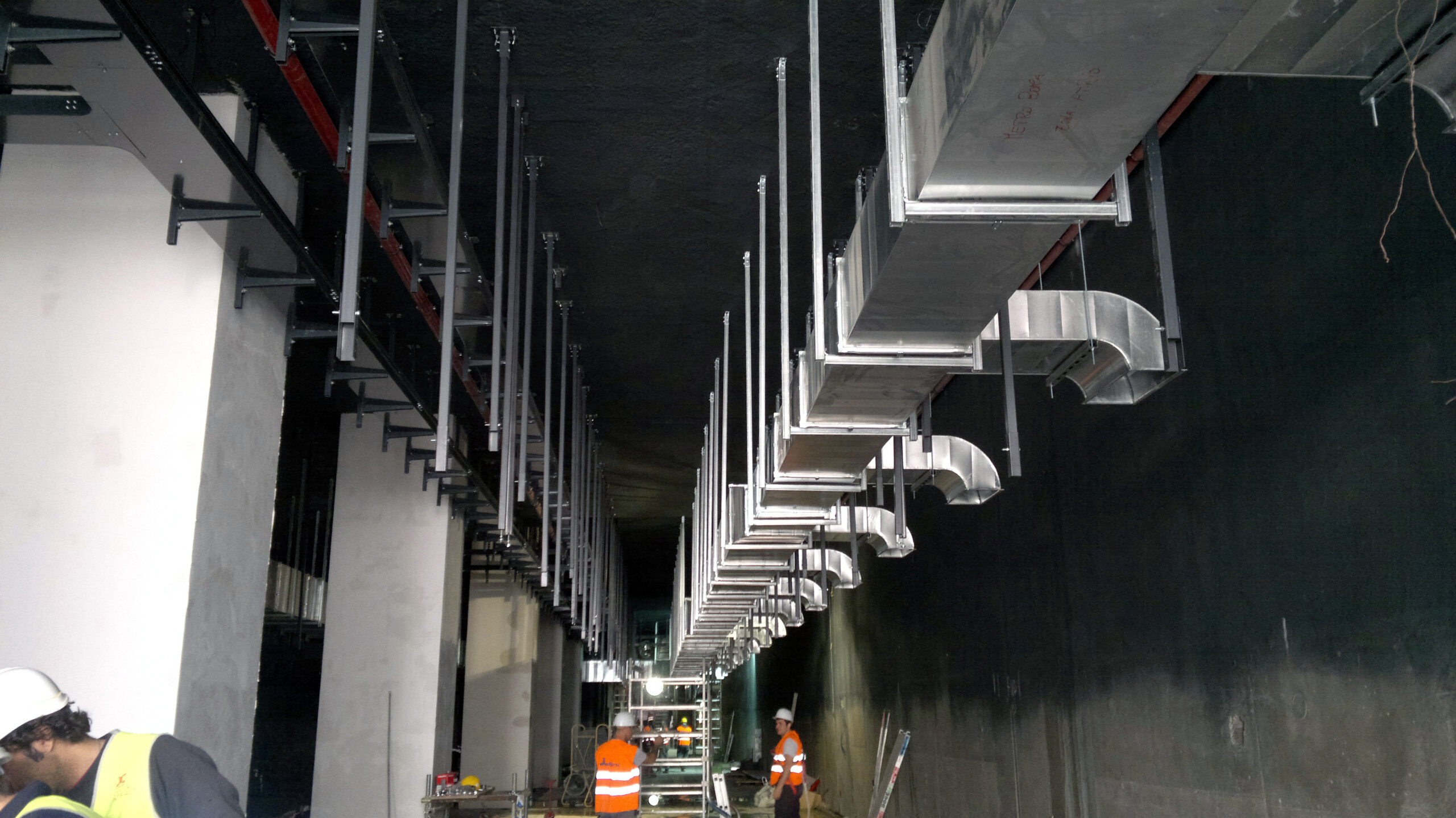Metro C: A driverless line



The capital’s first driverless line
Driverless technology is an innovative system that is becoming a global protagonist. Line C uses the full automation system, thanks to which the city of Rome raises the quality standards of rapid mass transport on par with European cities like Paris, Lille, and Copenhagen. This system allows the metro line to be managed entirely automatically, ensuring the train’s movement and safety in all aspects with maximum efficiency.

The Full Automation System
Driverless technology is an innovation already used internationally, while in Italy it is available in the Brescia metro and in the new metro lines M4 and M5 in Milan. The Full Automation System replaces the operation of the driver at the controls, as it can operate the vehicle, route it online, regulate departure, stop and speed, manage the opening and closing of platform doors, identify obstacles, and emergency states.
The train is capable of performing numerous activities autonomously, the most important example being automatic line recovery. Each car also has the ability to communicate in real time inbound and outbound with the control centre, from where the line’s exercise management is carried out, almost entirely automatically. At the central level, only the main decisions and significant anomalies are managed.
The Control Centre
At the Granite Depot-Workshop, in an area of 220,000 square meters intended for the shelter, maintenance, and repair of trains, is located the Central Operational Management (DCO) from which Line C trains are remotely guided and controlled. The Management represents the operational and technological heart of the line and has been designed and built based on the highest standards of technology and safety.

Driverless Trains
Each train on Line C can carry up to 1,200 people, with a maximum transport capacity of 24,000 passengers per hour per direction of travel. The optimal speed – so-called cruising – is 35 km/h, but the cars can reach a maximum speed of 80 km/h. The trains are 109.4 m long, making them the largest high automation Driverless trains in Europe.
To date, 13 trains, each composed of 6 carriages, are in circulation on Line C. The trains have 204 seats, with spaces for the disabled and for bicycle transport. The passenger can count on constant monitoring that takes place directly from the Operational Centre: each train has 12 cameras and as many video monitors, so any service anomaly along the line or in the stations is immediately reported.
The audio system allows the transmission of emergency announcements in real time. There are 52 passenger access points on each train: messages and images can be exchanged in real time from all vehicles in service with the Central Depot.

Automatic Platform Doors
The station platforms are closed towards the train’s running path by Automatic Platform Doors. They are made with sliding glass partition walls, which open exclusively when the trains stop at the station, in synchronisation with the train doors.
The use of this technology and the installation of automatic platform doors guarantees the highest levels of safety for the metro users.

Line driverless data
People in Motion and Benefits
Driverless Trains: Their Capabilities
The main subsystems
The main subsystems on which the driverless system is based are::
- ATC,
- Automatic Platform Doors,
- Vehicles,
- Electric Power Supply,
- Telecommunications,
- SCADA,
- Access Control and Tariff,
- Civil Systems.

Curiosity
Before the start-up, the Line C trains underwent a series of tests and trials. Functional and safety tests were carried out on the international circuit of Velim in the Czech Republic, where a prototype travelled over 20,000 kilometers. At the Fire Brigade centre in Montelibretti, a carriage was subjected to a fire test in an artificial tunnel to verify the resistance of materials and the outflow of smoke produced by a possible train fire in a station or tunnel.
To be able to determine the thermal power curve, the behaviour of materials, and the correct sizing of safety systems, a train box identical to the others in supply was sacrificed, in a world-unique experiment. Unquestionable data was thus acquired that also allowed the entire international scientific community to acquire irreplaceable real data for a better definition of fire prevention strategies and management of the exodus of travellers in the tunnel. In light of the experiment, the vehicle produced is not only in compliance with, but it has exceeded in performance the values imposed by the most recent European regulations for fire prevention.


